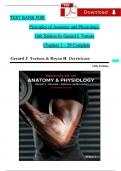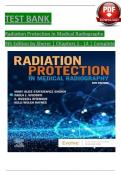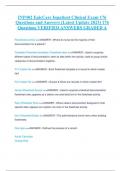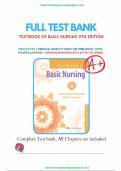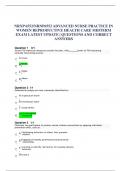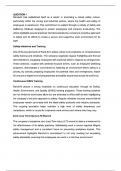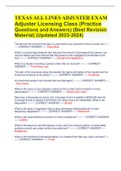Tentamen (uitwerkingen)
Test Bank For Principles of Anatomy and Physiology 16th Edition by Gerard J. Tortora, All Chapters 1 - 29, Verified Newest Version
- Vak
- Instelling
Test Bank For Principles of Anatomy and Physiology 16th Edition by Gerard J. Tortora, All Chapters 1 - 29, Verified Newest Version Test Bank For Principles of Anatomy and Physiology 16th Edition Stuvia Studocu Course Hero Test Bank For Principles of Anatomy and Physiology 16th Edition Answers keys ...
[Meer zien]
